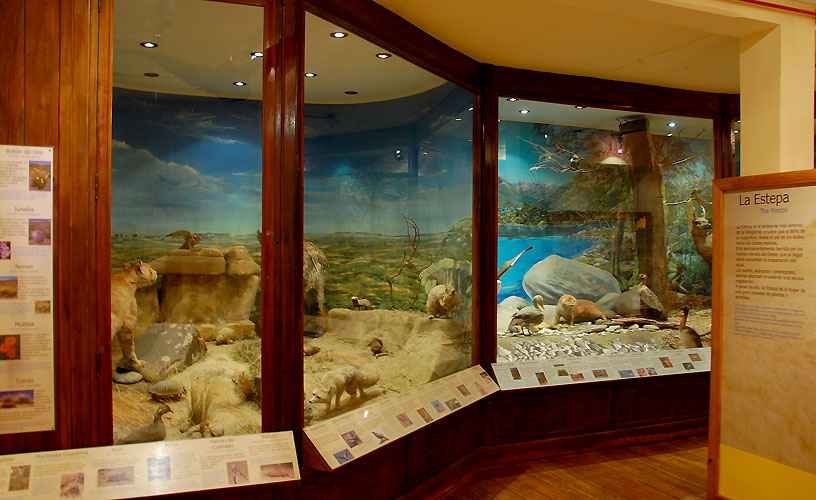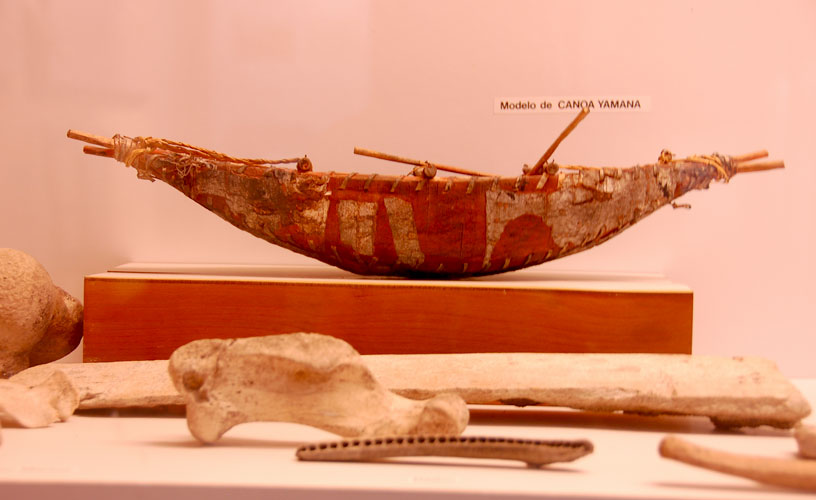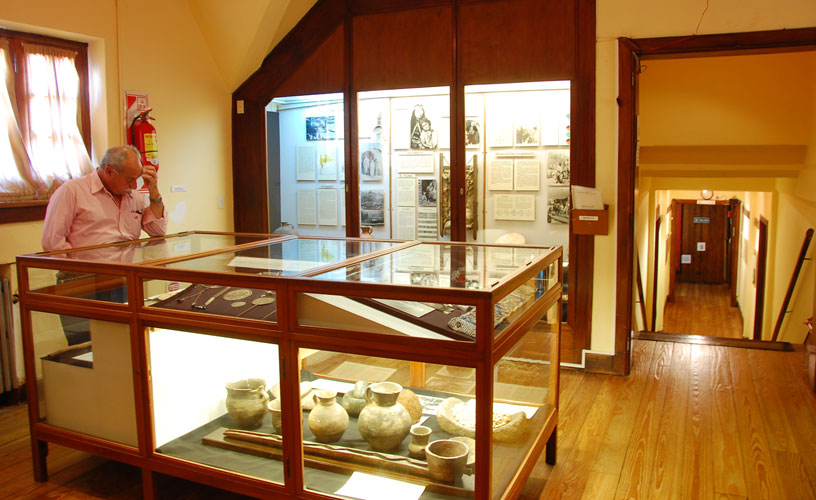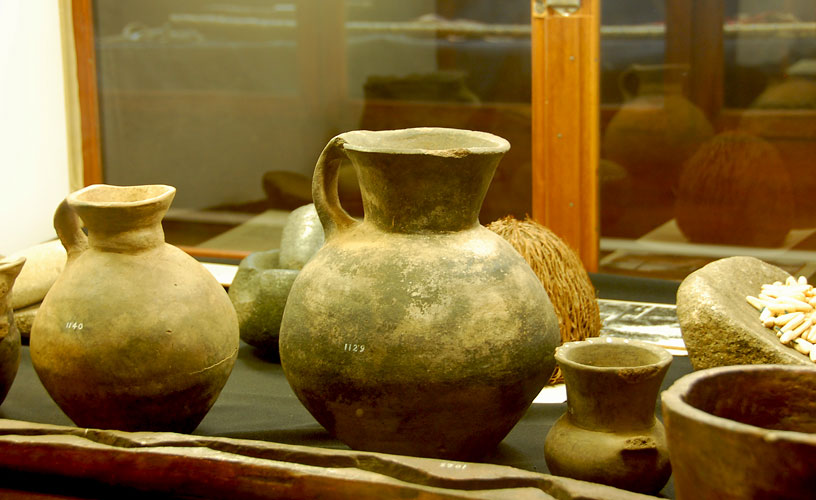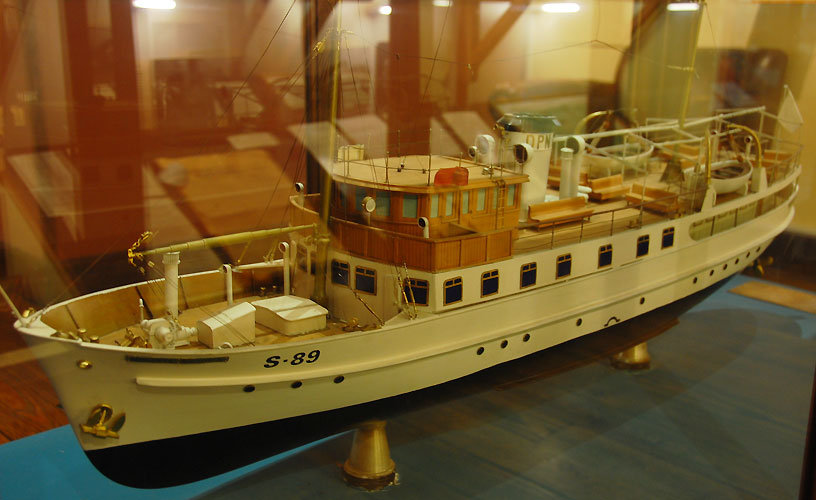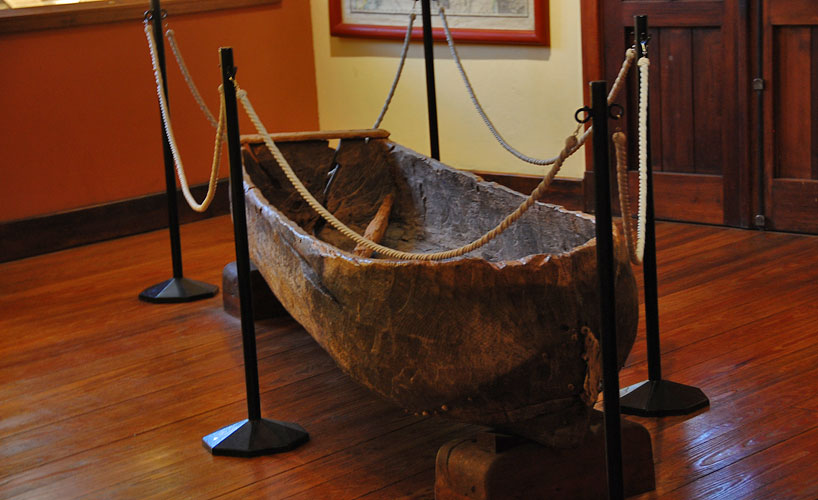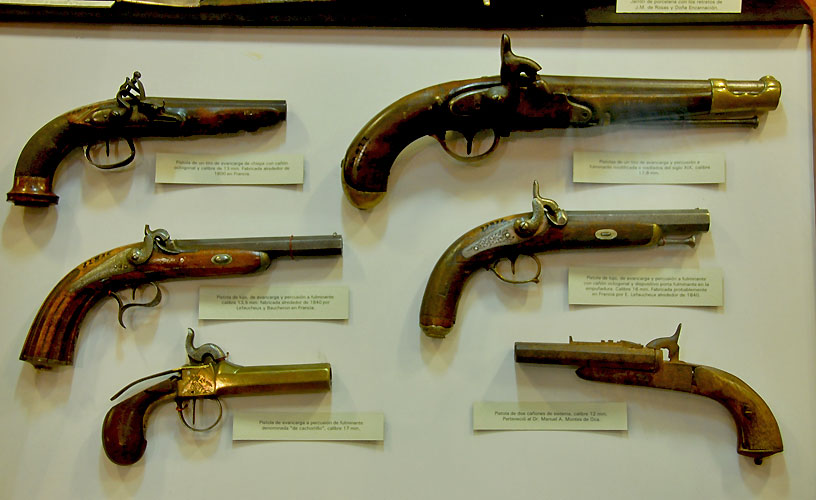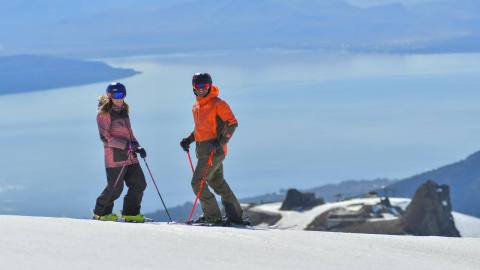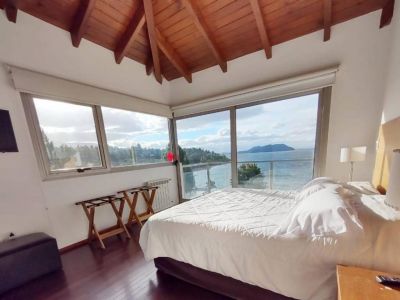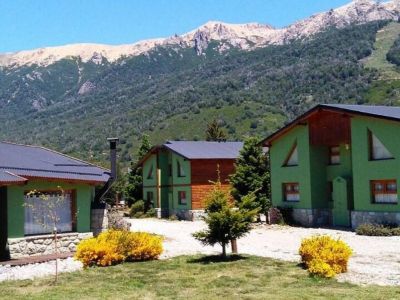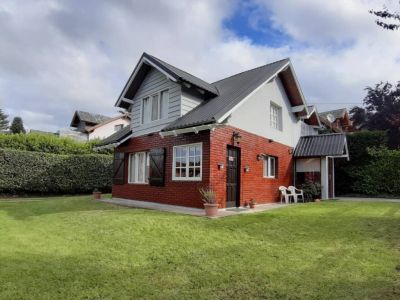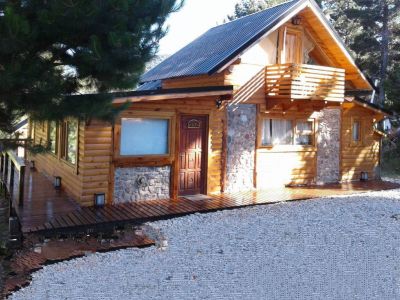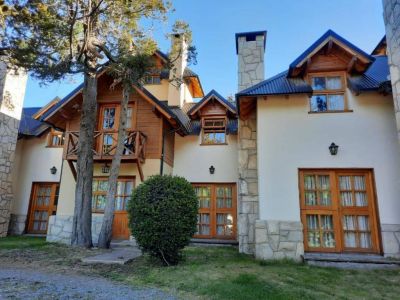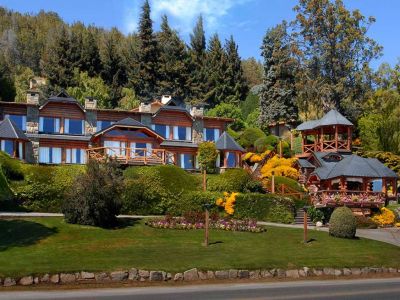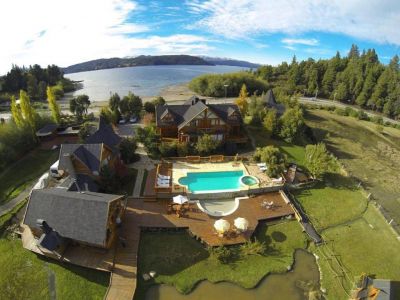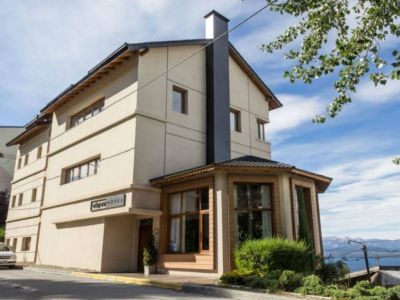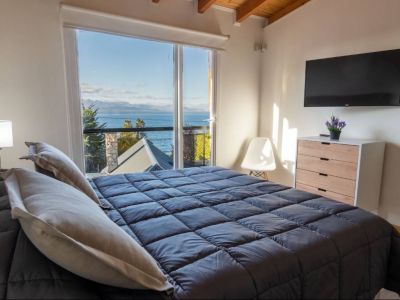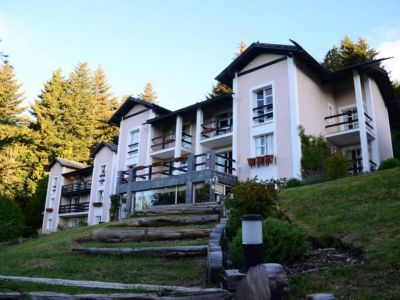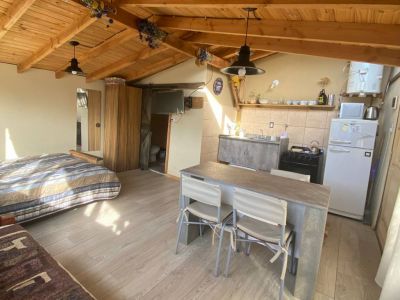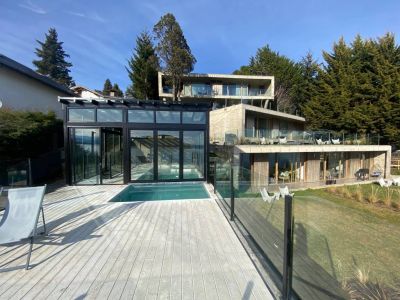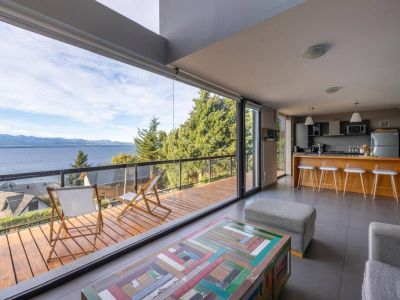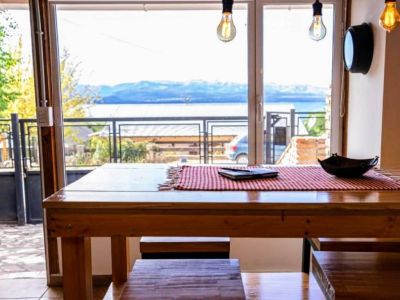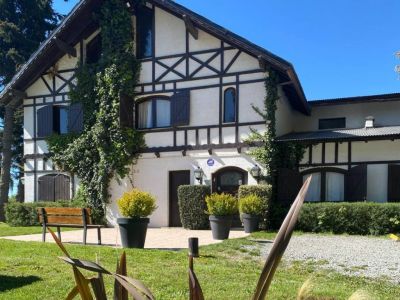This important museum was inaugurated by the National Parks Administration in March 17, 1940. It occupies the east wing of the city Civic Center, a building construction declared National Historical Monument. It has been named after Francisco P. Moreno, who traveled and explored the Andes and the Patagonian rivers and donated the lands that would become the first national park in Argentina.
The first director of the museum was Enrique Amadeo Artayeta, from whom the National Parks Administration purchased the first anthropological and historical collection displayed at the museum.
Today, the venue gathers a large collection that has been organized and divided into four theme rooms.
Francisco P. Moreno Museum of Patagonia
Natural Science Room:
It presents a collection of animal species from Patagonia and an interesting geological and paleontological sample of the region.
Prehistory Room:
This room presents material expressions of the cultural development of Patagonia. It evidences the presence of man in the Province of Santa Cruz 13,000 years ago. Magical and religious expressions in the various cave painting styles, tools made by the Tehuelches' ancestors and other contributions made by the Mapuches from Chile.
Etnographic Room:
It includes five ethnical groups with completely different characteristics: Yamanas or Yaganes, Tehuelche, Pehuenche, Mapuche or Araucano. When visiting this room, the cultural differences among each of these Patagonian peoples can be clearly appreciated.
Regional History Room:
This room is the testimony of what turned out to be the long and cruelest struggle that came to an end with the Conquest of the Desert, which finally disarticulated the Indian ethnic groups. Economic interests began by decimating the populations and their lifestyles, which were eventually terminated.
The museum also houses a room for temporary exhibitions and an auditorium, which is used to provide further information about the museum theme, organize institutional meetings, as well as contemporary problems, and it works as a laboratory to investigate museological alternatives. It prints a highly dynamic rhythm on the institution and it summons new visitors who have particular interests.
* Source: Museum of Patagonia brochure.
Pablo Etchevers
Jorge González
Contact of the excursion or tour
De la Patagonia Francisco P. Moreno
Centro Cívico, San Carlos de Bariloche, Río Negro, Agentina
Phone: +54 294-4422309
